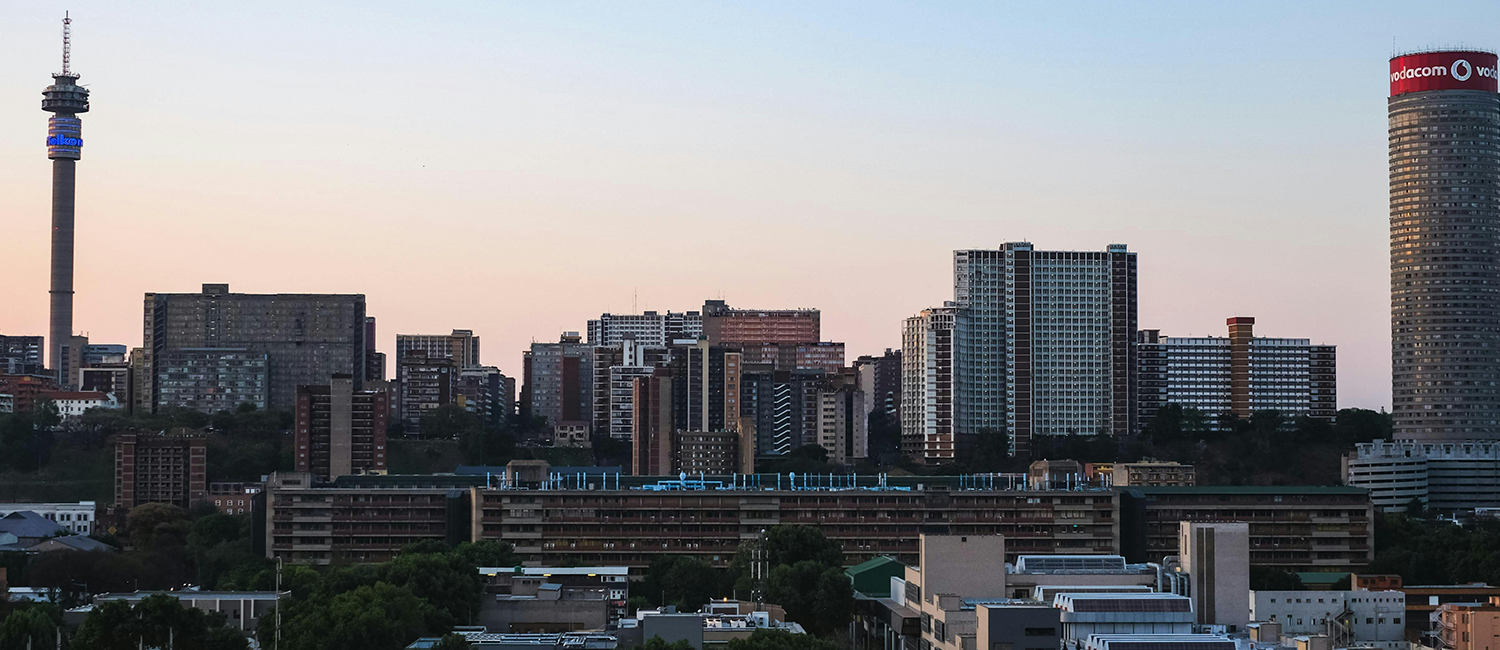AS a gesture of confidence in the city and despite talk of acid mine drainage in the Joburg CBD, a number of developers are planning large developments in the western quadrant of the inner city.
Westgate, an area of some 94 hectares, is in one of the city’s oldest suburbs, Ferreirasdorp, where the tent town of Joburg began its life. It has been lying vacant for the past several decades. Much of the land is owned by three companies – the Johannesburg Land Company, Standard Bank and Iprop.
A small section of the area – the Selby Pikitup depot and the Selby hostels – is owned by the City of Johannesburg, and Intersite, the South African Rail Commuter Corporation, owns other pieces of land.
The Westgate Rea Vaya Station was built recently, under the direction of the Johannesburg Development Agency (JDA). Together with the whole Rea Vaya transport project in the Joburg CBD, this signals to investors the confidence the City of Joburg has in the future.
“The City identified Westgate as a strategic priority area for intervention as part of the Inner City Urban Design and Implementation Plan adopted in 2009,” says Carolyn Lee, a senior specialist in the Joburg department of development planning and facilitation.
“The reason for this largely relates to the strategic position of Westgate as a potential gateway to the inner city from the south and the west and the high degree to which it is well served by public transport, with the BRT, Westgate Train Station and taxi and bus ranks situated in the heart of this area.”
It is conveniently situated alongside the M1 and M2 freeways, and close to Chinatown and Chancellor House, both of which are undergoing refurbishment. Main Street Mall and Newtown lead directly out of Westgate; both areas have had major investment in the past five years, including two upmarket hotels.
Some 634 000m2 of land is to be developed, largely into mixed-use functions. Sharon Lewis, the executive manager of planning and strategy at the JDA, estimates that investment in Westgate is projected to be around R3,9-billion.
Another nearby investment is the retail and hotel development at the potato sheds behind the Market Theatre in Newtown. New retail space is being created in Doornfontein, while developers continue to convert office space to residential units in Braamfontein, Doornfontein and in the CBD.
Obstacles
Previously obstacles to development have been undermining, resulting in land that needs to be filled, the unavailability of electricity to the area, and the ready availability of cheaper properties elsewhere in the city.
“As we know, land values have increased significantly in the inner city over the past few years and so the Westgate land has now become much more attractive for development. It is also some of the last remaining greenfield and underdeveloped land in the inner city,” explains Lee.
The potential of Westgate for redevelopment into a high density transport node was also recognised by the City, especially “given the relative underdeveloped state of the land and the relative ease of land assembly with only a few private sector stakeholders involved”.
And, the area has historical significance – it was here that Colonel Ignatius Ferreira set up the first tents and wagons in 1886. It was known as Ferreira’s Camp at the time, and later became Ferreirasdorp, which became the City of Johannesburg.
The Westgate Development Forum was established towards the end of 2009, operating as a platform for dealing with any obstacles to development of the area. Landowners and stakeholders meet with the City twice a quarter.
“Westgate represents one of the biggest re-development opportunities for the city and remains one of the highest priority areas in the inner city in terms of city capital investment,” says Lee. “The opportunity to maximise on the location of Westgate as a public transport hub is not dissimilar to the opportunities which surround the Gautrain station precincts in other parts of the city.”
Standard Bank
Lael Bethlehem, the director of real estate investments development management for Standard Bank, says the bank owns 4,5 hectares of vacant warehouses in Westgate. Development plans would be for a mixed-use investment, with a small retail centre, a hotel, offices and residential.
“We are very excited about the development,” she says, stressing that Standard Bank is working with other developers, with office space likely to be the first investment to be considered.
She adds that Standard Bank has looked at the threat of acid mine drainage in “great detail”, and is satisfied that there is no danger to the CBD. “It is too high and nowhere near the CBD – it will drain to the East Rand.”
She expects that the development will take place in sections, with a portion starting towards the end of the year.
IProp investment
Richard Bennet, the marketing director of IProp, says the company has approved 60 000m2 of development – 20 000m2 for retail and 40 000m2 for commercial rights and residential. Iprop acquired land in Westgate in 1968, but, says Bennet, a number of factors have inhibited development until now.
Electricity supply to the precinct has been a major factor, as has transport infrastructure. The area has also not been a prime precinct for development, which has only really taken off in the last decade in downtown Joburg. And lastly, the land has had to be made stable, something that previously was not seen as worthwhile when there was no market for construction in the area.
Now that there is greater investment in the surrounding areas, work on Westgate is viable. One such nearby investment was the construction of the Zurich building by the Johannesburg Land Company, a major boost for other developers in the area.
Bennet expects that a construction team will be on site next year, with a view to completing Iprop’s development in 2014.
On the issue of acid mine drainage, he says that the company’s Westgate developments are under no threat of rising water. “We are not over dolomitic areas – workings at Westgate were near the surface.”
There was a mineshaft on site at Westgate, but, in consultation with the Department of Mineral Affairs, it has been filled with concrete and “reinforced earth solutions”.
Since 1996, Iprop has been a major developer of inner city land, ranging from reclaimed mining land in Roodepoort right through to the Crown City and City Deep wholesale and container facilities. Rentals in its properties have more than doubled in recent times. It will be developing the land reclaimed after the removal of the Top Star mine dump.
Johannesburg Land Company
Roger Koevort, the chief executive of the Johannesburg Land Company, says the group will only develop its property if the demand arises. “We have no real plans; we will only develop if the market wants space.”
The striking Zurich building arose out of tenants’ needs; they moved into the building in June 2009. “It has been very successful, and shows what can be done in the CBD – it’s an office park setting within a CBD setting,” he says.
Koevort says his company is very concerned about acid mine drainage, and he feels the City should be taking it up with the Chamber of Mines. “This is not something that can be swept under the carpet. A plan must be put into place to get the thing stabilised,” he adds.
Task team
And indeed the City is on the brink of establishing a task team comprising experts and engineers to conduct a full city-wide investigation into the risks to infrastructure, and to prioritise areas for interventions. The City manager, Mavela Dlamini, will be engaging with the national government to ascertain where the City can ensure the risks are minimised.
All its agencies – Joburg Water, Johannesburg Roads Agency, City Power, and the planning and environment departments – will be applying their collective efforts to the issue.
In a recent national government report, the Department of Water Affairs committed itself to supplying R225-million over the next three years to the problem of acid mine drainage.
Sydney Nkosi, the director of natural resource management in the Joburg department of environmental management, says the City is well aware of the concerns of the business sector. The risks at the moment concern the western basin, stretching from Roodepoort westwards into Mogale City.
The national government report states that pumping of acid mine drainage will begin in a year’s time.

